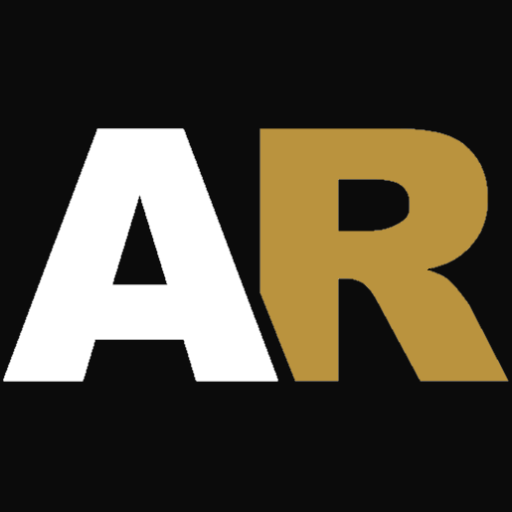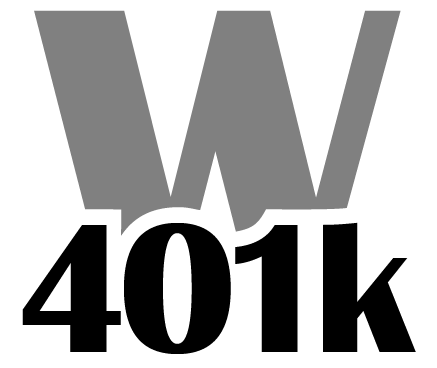Log In to WorkerFringe, WorkerServices, and Worker401k is via the secure Advantage Resource Single Sign On (SSO) Portal.
5 Things
By following these guidelines, a contractor will be in compliance and will receive the maximum allowable credit for the fringes paid on any Prevailing Wage project. All items can be verified in the Code of Federal Regulations (29 CFR 5) and the Federal DOL Field Auditors Handbook. The requirements are not complicated, just different and detailed. These are the “5 Things”.
- Only a Bona Fide fringe counts.
- The Benefit Program is to be communicated to your employees in writing.
- Fringe is to be expressed and paid as a cash value per hour.
- Benefit contributions must be irrevocably made to the benefit of the employee.
- The Benefits Program must be administered by a trustee or a third party, not affiliated with the employer, subject to an enforceable commitment.
It is important to note that these “5 Things” are really one thing with five equally important parts. Determine the fringes to be furnished, and then follow these steps to put the Company Benefits Program in place. Doing so will insure compliance and will allow maximum credit towards the Required Fringe on Prevailing Wage projects. Keep in mind, these procedures do not have to be followed to legally pay fringes, but must be followed to take credit on Prevailing Wage projects.
1. Only Bona Fide Fringe Counts
A Bona Fide fringe is specifically defined in the Prevailing Wage regulations as the only type of fringe that may count towards the required Prevailing Wage rate. Bona Fide fringes are limited to:
- Insurance. Defined as medical or hospital care, life insurance, disability and sickness insurance or accident insurance. Any employer paid insurance required by law, such as workman’s compensation or unemployment insurance, cannot be counted as a prevailing wage required fringe. Bona Fide insurance, for fringe purposes, is solely for the benefit of the employee or his dependents.
- Holiday and Vacation Pay (Paid Time Off). Is specifically allowed by law if calculated and funded in a way that complies with the other listed requirements. This is frequently a very large expense incurred by the employer where no Prevailing Wage credit is taken.
- Pensions on Retirement. Contributions to a properly designed 401k Pension Plan can be used to deposit any or all of the required fringes on a Prevailing Wage project and may be used to offset other Retirement Plan contributions. Because these are defined as Company contributions, and not as employee deferrals, there is no additional wage related burden. It is important to have a third party who is well versed on Prevailing Wage requirements, as well as the construction industry in general, to assist in the implementation of the pension plan. Too many times a contractor accepts a “standard” plan while not being fully aware of all the options available.
- Apprenticeship Program. Defraying the cost of an Apprenticeship Program is considered Bona Fide if the program is properly registered and approved with the appropriate governmental agency. Specific guidelines are to be followed in determining the amount of the fringe that is allowable as a credit. Any contractor with such a program should seek guidance from a knowledgeable party when determining this amount.
- Other Approved Fringe. Defined as any fringe not otherwise described above. 29 CFR 5.29 (e) states “. . . it will be necessary for the Secretary to examine the facts and circumstances to determine whether they are Bona Fide in accordance with requirements of the act . . . Contractors or subcontractors seeking credit under the act for costs incurred for such plans must request specific permission from the Secretary under 5.5(a)(1)(iv)”. If the contractor desires a furnished fringe be allowable as part of the required Prevailing Wage rate, specific approval must be requested from the DOL.
- Cash. Cash, in lieu of fringe, is always acceptable. However, any Prevailing Wage fringe amount paid in cash shall be paid as regular wages and is subject to the associated labor related burden (matching FICA, unemployment, workman’s comp, liability insurance, etc.).
2. The Benefit Program is to be communicated to your employees in writing
A well constructed Company Benefit Program is not Prevailing Wage specific. Instead, the plan is constructed with benefits awarded and paid in a way that allows the company to take credit on Prevailing Wage projects. The plan should be designed to answer, not create, questions posed by employees. Simply put, the plan defines the fringe being furnished, who gets which fringe, when they get it, how calculations are performed, and how required Prevailing Wage fringes are paid. It is very important to be detailed and specific. Do not be tempted to use a fill-in-the-blank document that does not do this.
3. Fringe is to be expressed and paid as a cash value per hour
The required fringe on a Prevailing Wage project is expressed as a dollar value per hour; therefore any fringe must be expressed and paid as a dollar value per hour. A contractor who does not fund fringes this way must accept an auditor determined hourly rate as the fringe allowed.
A Fixed Rate Benefit costs an employer the same amount no matter the number of hours worked or the wage of the employee (ex: health insurance). According to the Federal DOL Auditors Handbook, these benefits are to have their costs annualized. This means the cost of the benefit is spread over the number of hours worked in a year.
A Calculated Benefit is paid as a dollar value per hour for actual hours worked and is often expressed as a percentage of the employee wage. An example of a Calculated Benefit would be a fixed (ex: 3%) 401k Pension Plan contribution. This would equate to .45/hour for a 15.00/hour wage and .60/hr for a 20.00/hour wage. Paid Time Off is another example of a Calculated Benefit.
4. Benefit contributions must be irrevocably made to the benefit of the employee
This is self explanatory. Any fringe benefit monies paid cannot be reverted back to the employer. This does not, however, “. . . prevent return to the contractor or subcontractor of sums which he had paid in excess of the contributions actually called for by the plan, as where such excess payments result from error or from the necessity of making payments to cover the estimated cost of contributions. . .” (29 CFR 5.26).
5. The Benefits Program must be administered by a trustee or a third party, not affiliated with the employer, subject to an enforceable commitment
No matter how badly a contractor wants to administer a benefit program in-house, the regulations are clear. Fringe benefit monies must be paid to an outside source and are not to be under the control of the contractor. Experienced Prevailing Wage contractors know this as one of the major reasons some fringes are not allowed when an audit is performed.



